1.1 Two key parameters and derating curve
Let's take a look at the parameter list of four common package resistors of a manufacturer. There are two values ​​in the table: rated operating voltage and maximum operating voltage.

The rated working voltage is linked to the power and the calculation formula is:

The maximum operating voltage is the maximum voltage that the resistor can withstand at rated power. But pay attention! Look at the picture below. It can be seen that the rated power is marked at the highest ambient temperature of 70 degrees (different manufacturers, the series may have minor differences, should be verified at the beginning of the design and when the problem is searched.)
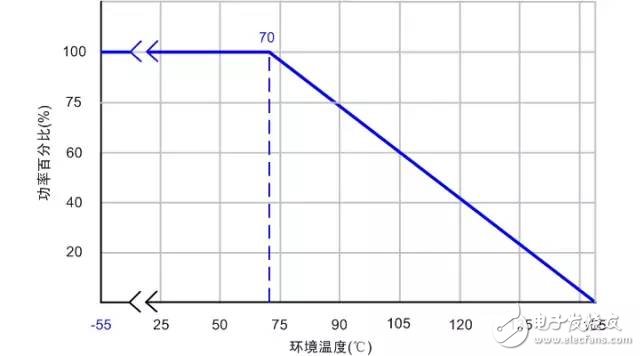
Figure 1. Resistance temperature derating curve
In the case of over-power, there are generally two cases: 1. Instantaneous over-power, the appearance of the resistor is basically unchanged, but the resistor is already open. 2. Long-term over-power: The resistance temperature is extremely high, and its resistance value changes. If it is in bad conditions, it will burn open circuit.
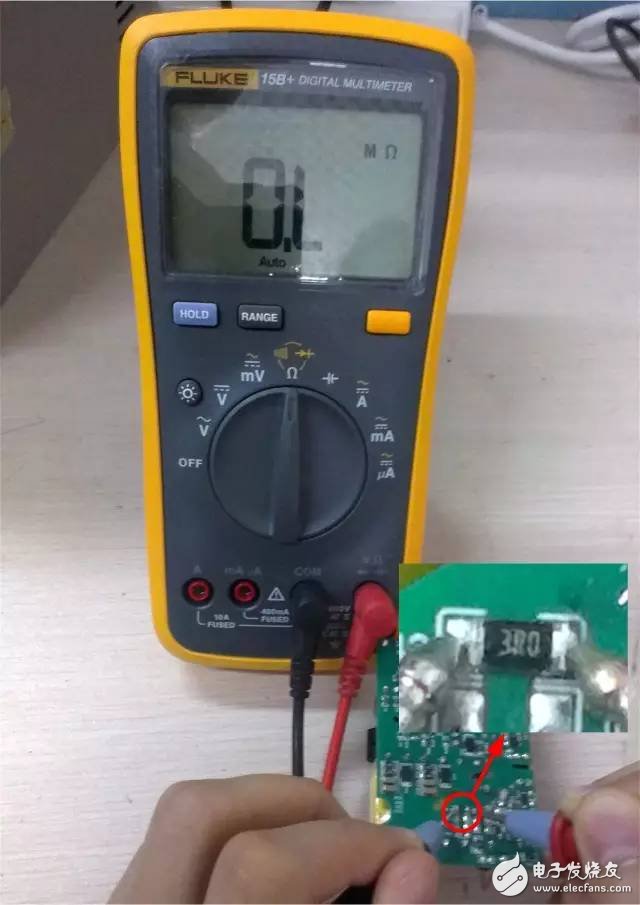
Figure 2. Instant over power damage, the appearance is basically unchanged, in fact, already open
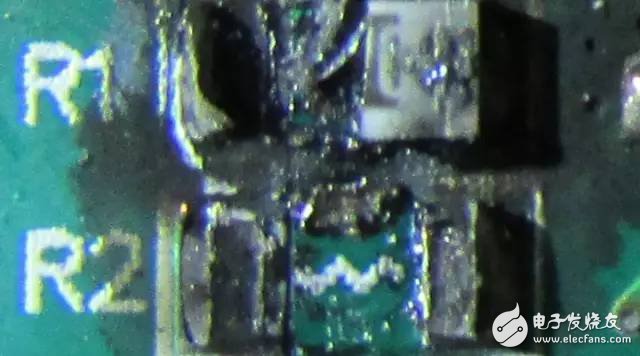
Figure 3. Long-term over-power, resistance high-temperature direct carbonization burned

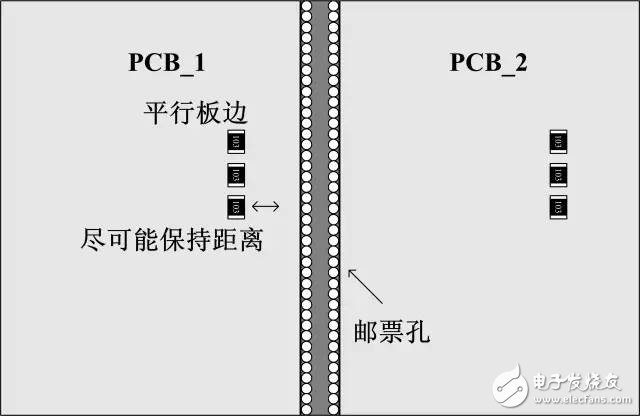
Figure 4. Simple schematic of the hand folding board
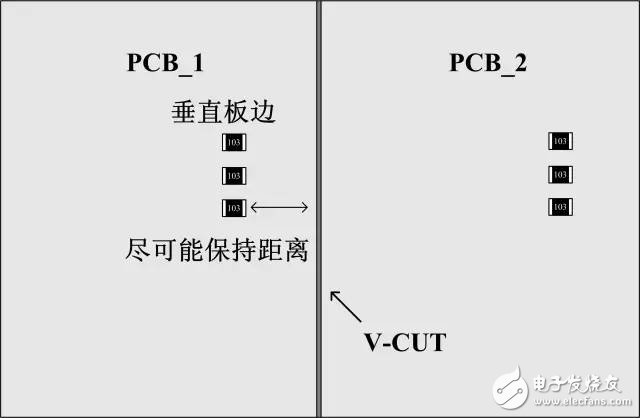
Figure 5. Simple schematic of the V-CUT board
1.2 Reasonable reduction of types
The picture below shows the chip resistors oxidized by two electrodes (the surface of the electrodes is a bit black). Don't look at them now. Once the circuit enters a bad working condition (high temperature and high humidity), the resistor will work because of the solder joint. In an unpredictable state, it is then damaged.
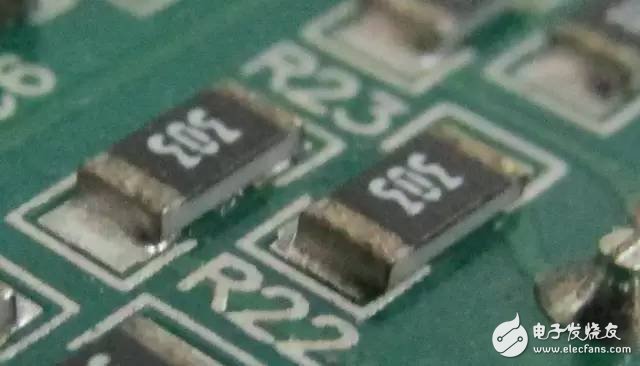
Figure 6. Oxidized resistor
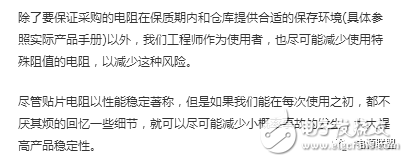
Switchgear,Low Voltage Switchgear,Medium Voltage Switchgear,Electrical Switchgear
TRANCHART Electrical and Machinery Co.,LTD , https://www.tranchart-electrical.com